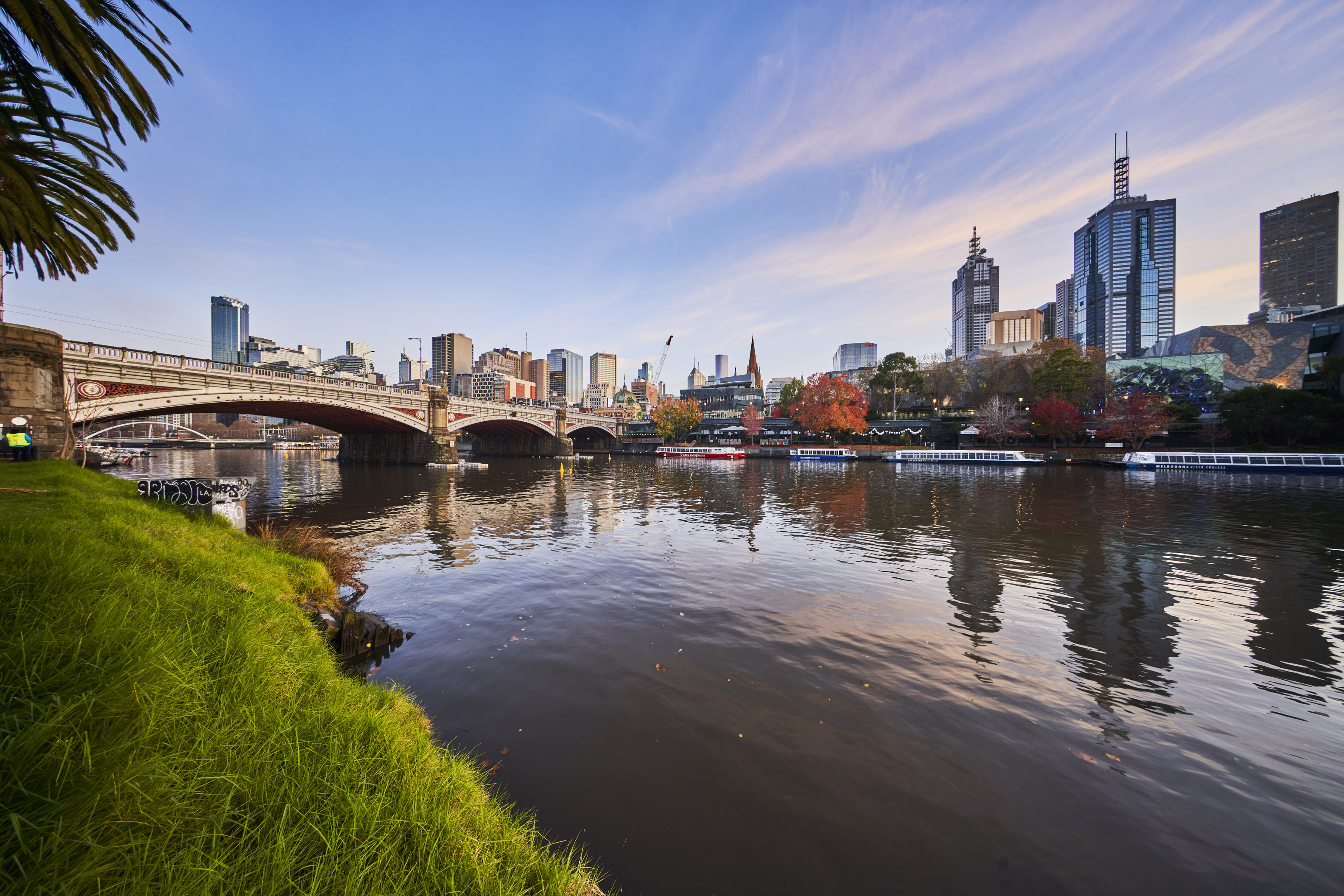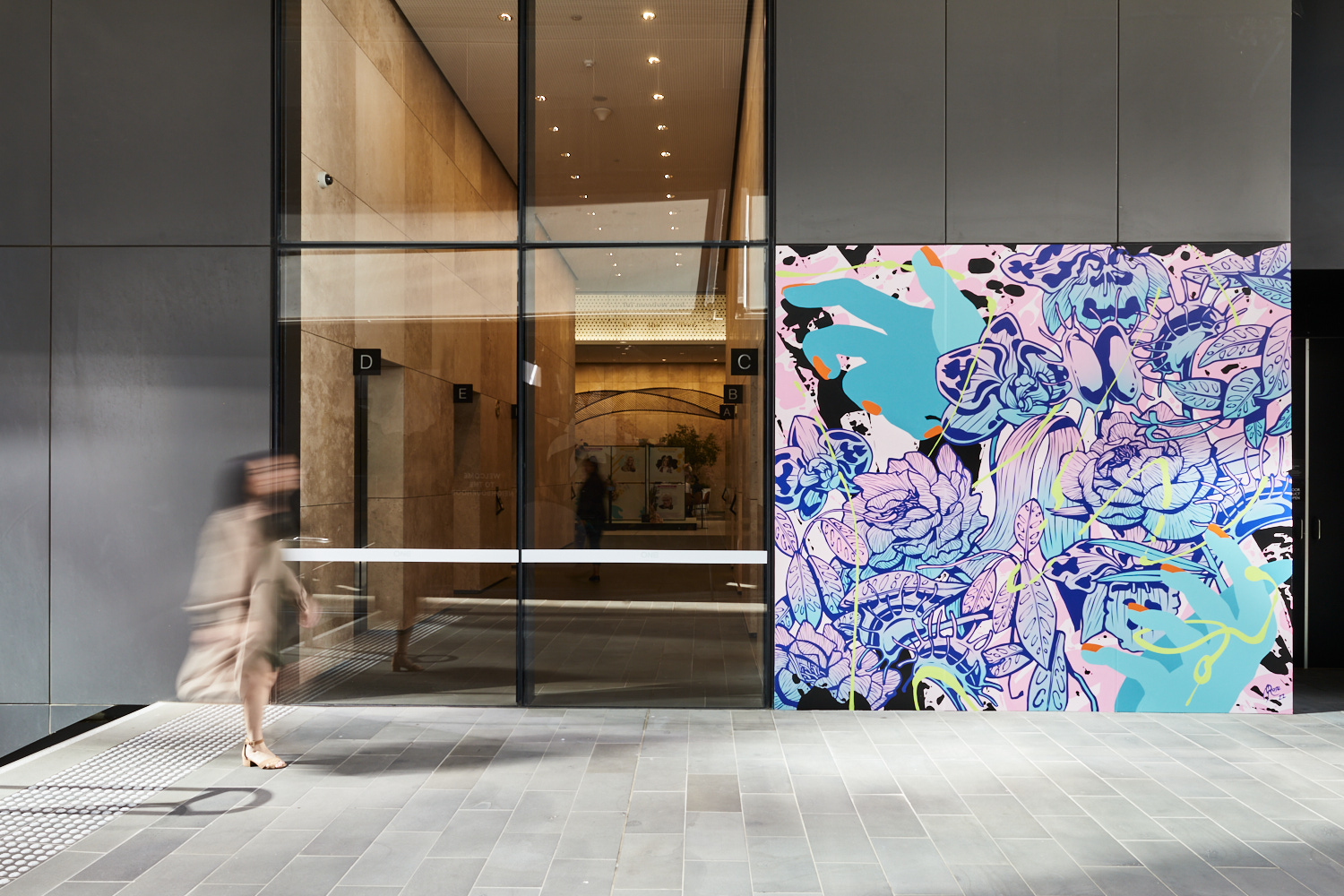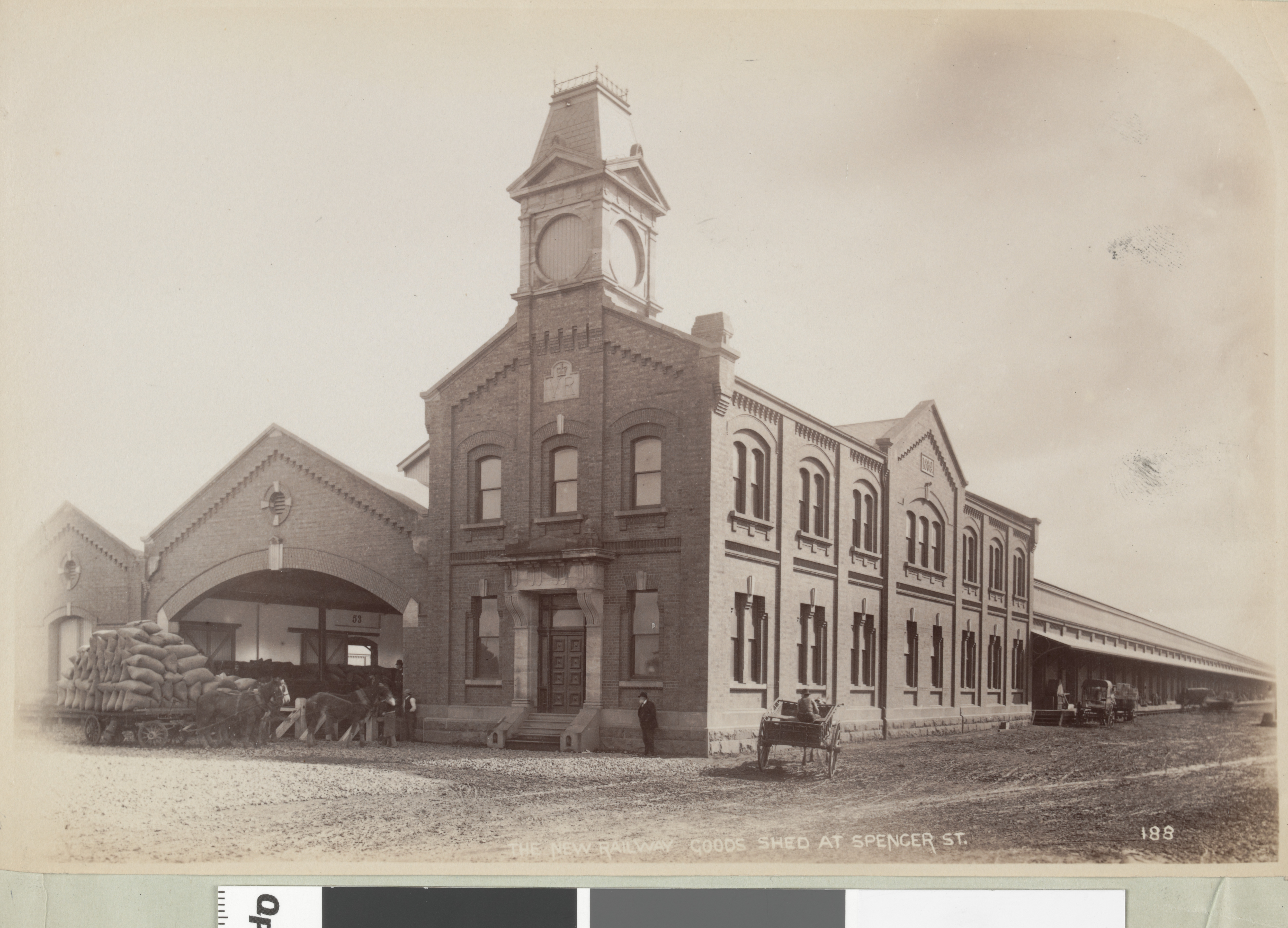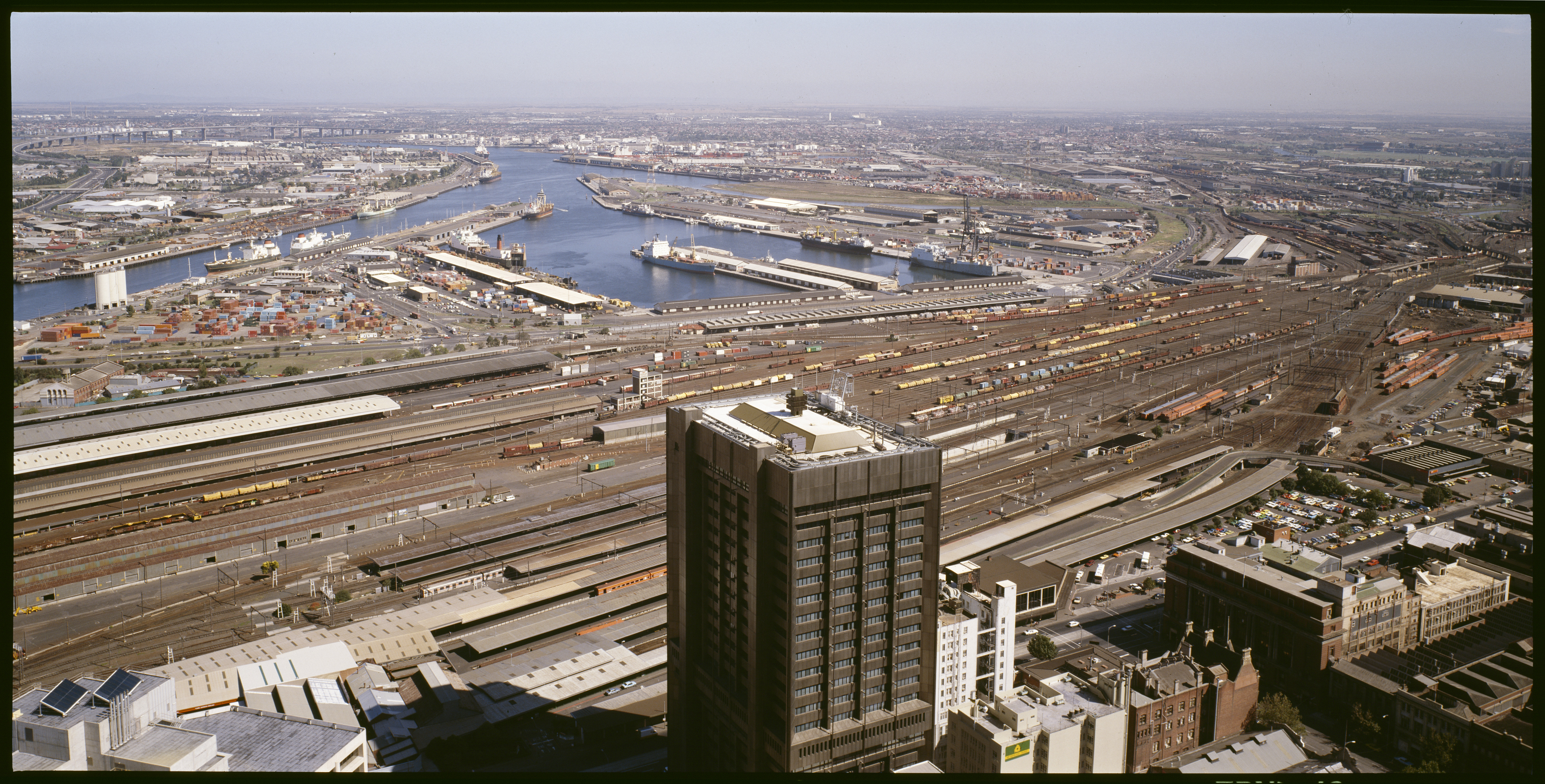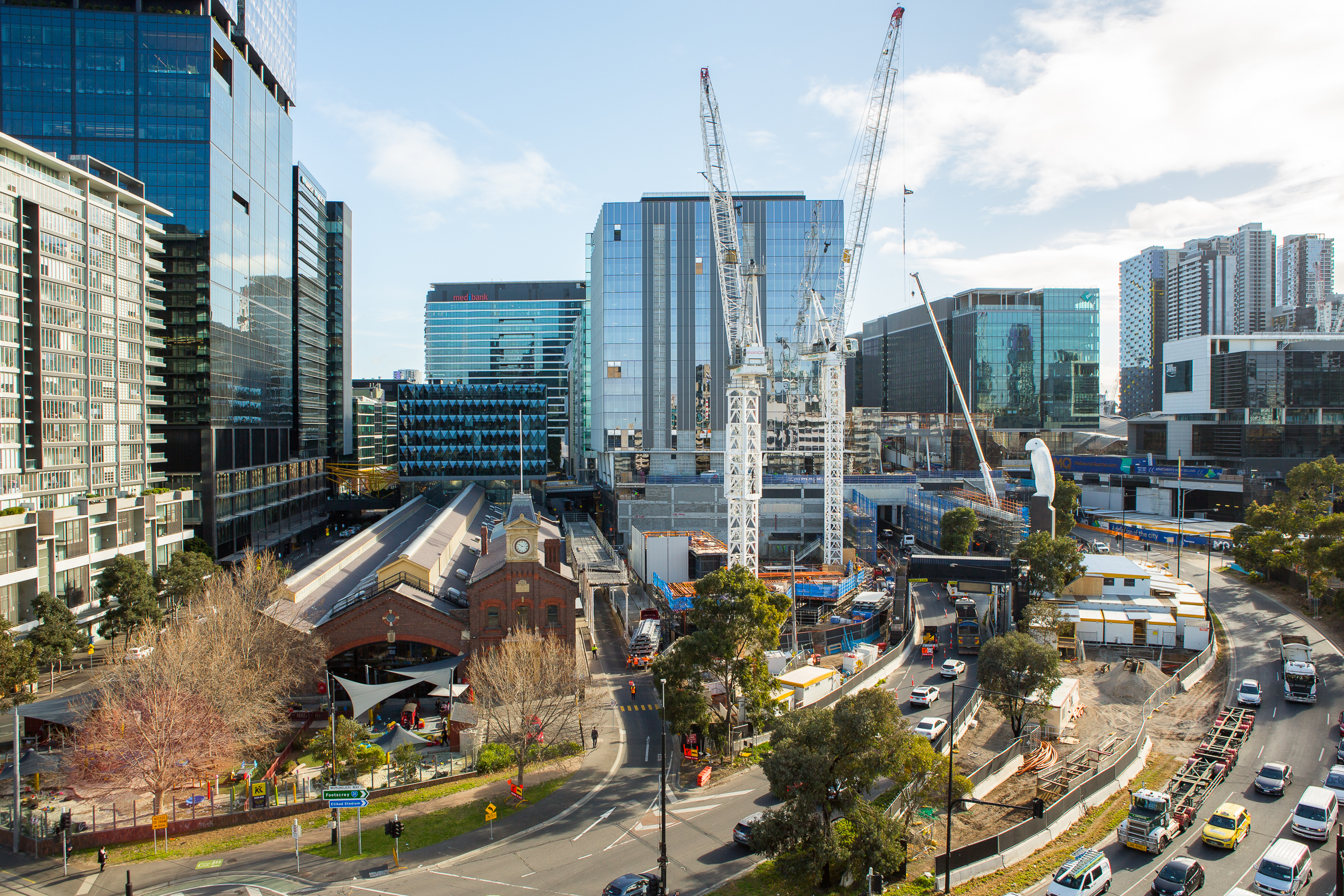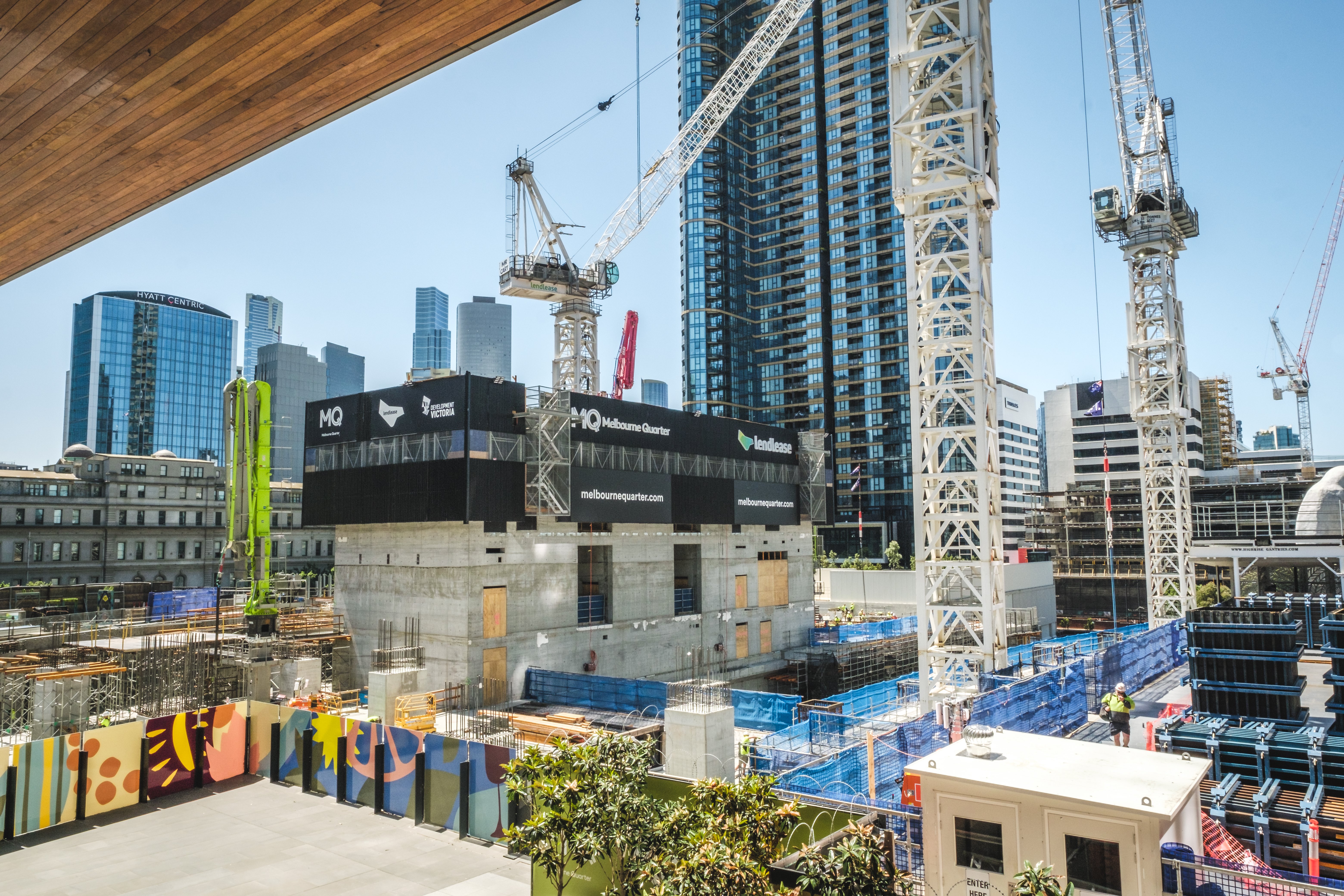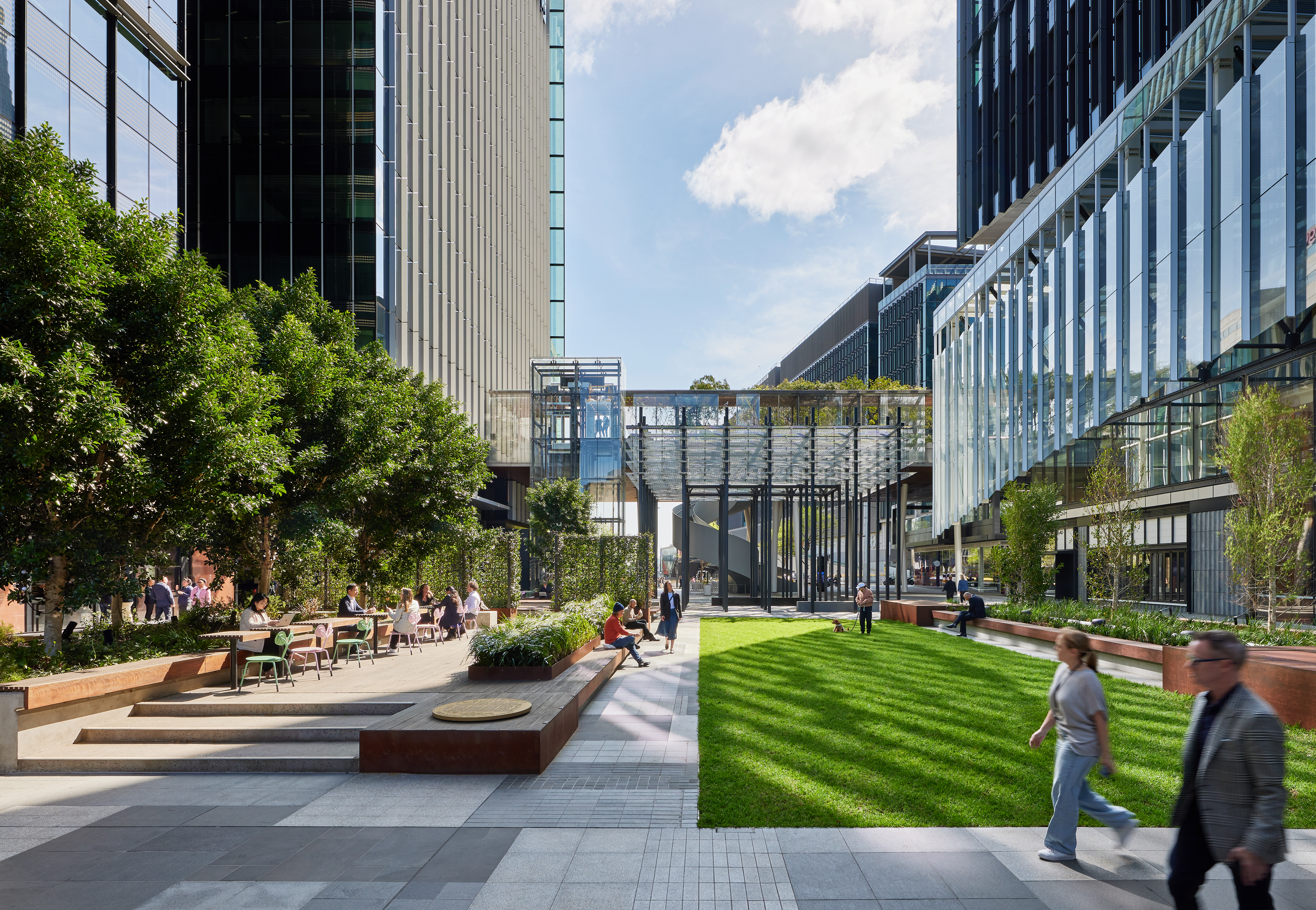OUR HISTORY
We welcome you to the neighbourhood, and look forward to bringing you on this journey as Melbourne Quarter moves into its next chapter.
Melbourne will see this important site rise again as an integrated, layered part of the city. The making of this place presents a once in a generation opportunity to retell its stories, to acknowledge the past, and in doing so, create and connect with new communities.
A MEETING PLACE
Melbourne Quarter was once a significant meeting place for the Woiwurrung people of the Kulin nation, who cultivated its surrounding lands and waterways. For the traditional landowners, the area was a source of life, a rich wetland fed by the fertile waters of the Birrarung (Yarra River).
Prominent places in Woiwurrung territory, such as Yarra Park, were important places for tanderrum (or ngaree), and other meetings and ceremonies within and between clans, such as a tradition of marrying women between clans. It is likely that the elevated rise of Batman’s Hill would also have been used for similar purposes.[1] Meetings of clans from all the tribes of the Kulin Nation would see sometimes hundreds of people gather together for dances, storytelling, negotiations and to settle disputes.[2]
Pictured: Birrarung (Yarra River), 2022.
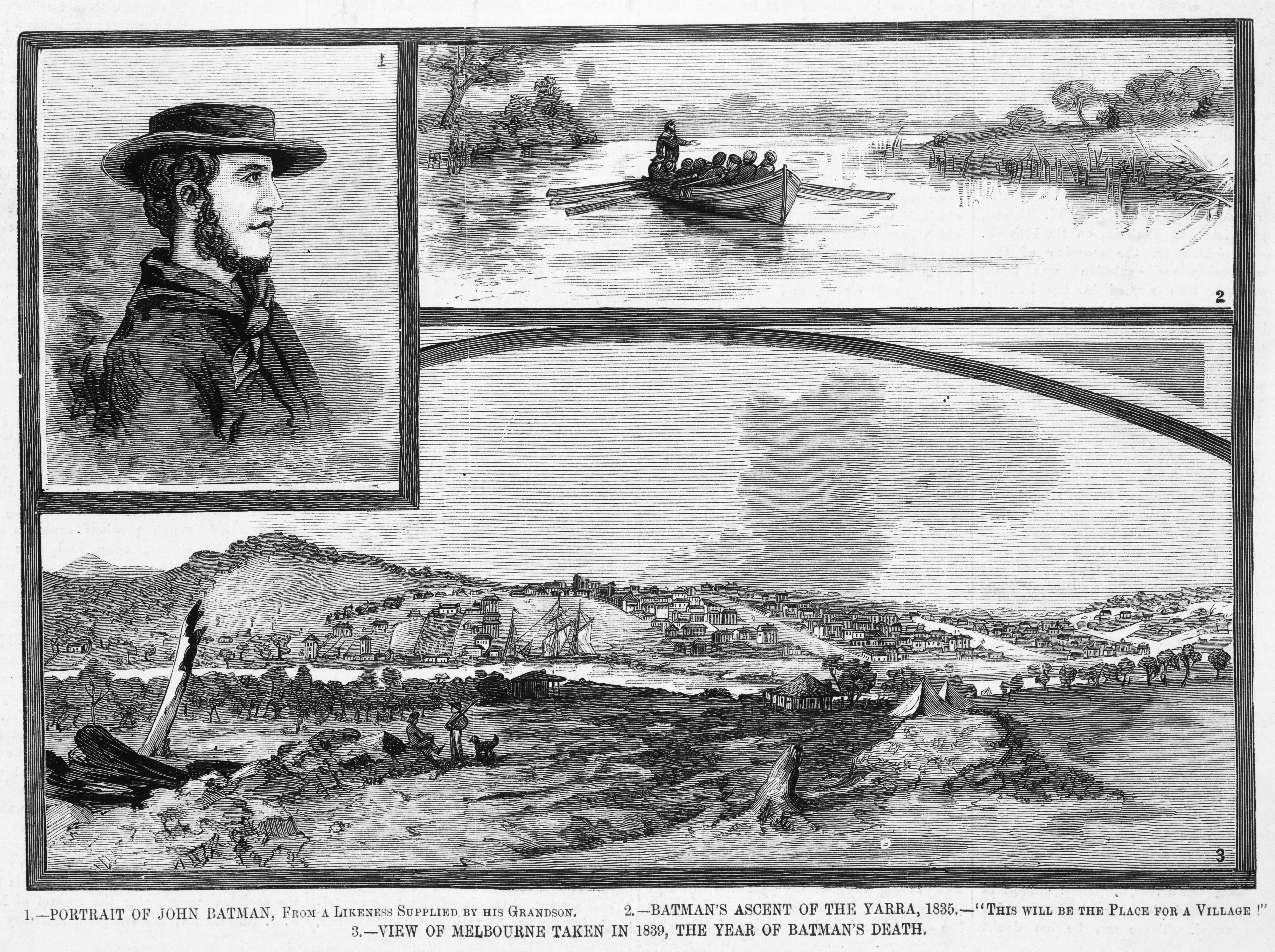
1835-1836
John Batman identifies the area as having great potential to establish a settlement. The site becomes known as Batman’s Hill.
Pictured: Portrait of John Batman, Batman’s ascent of the Yarra 1835, View of Melbourne taken in 1839, the year of Batman’s death. David Syme and Co, 1882. Image courtesy of the State Library of Victoria.
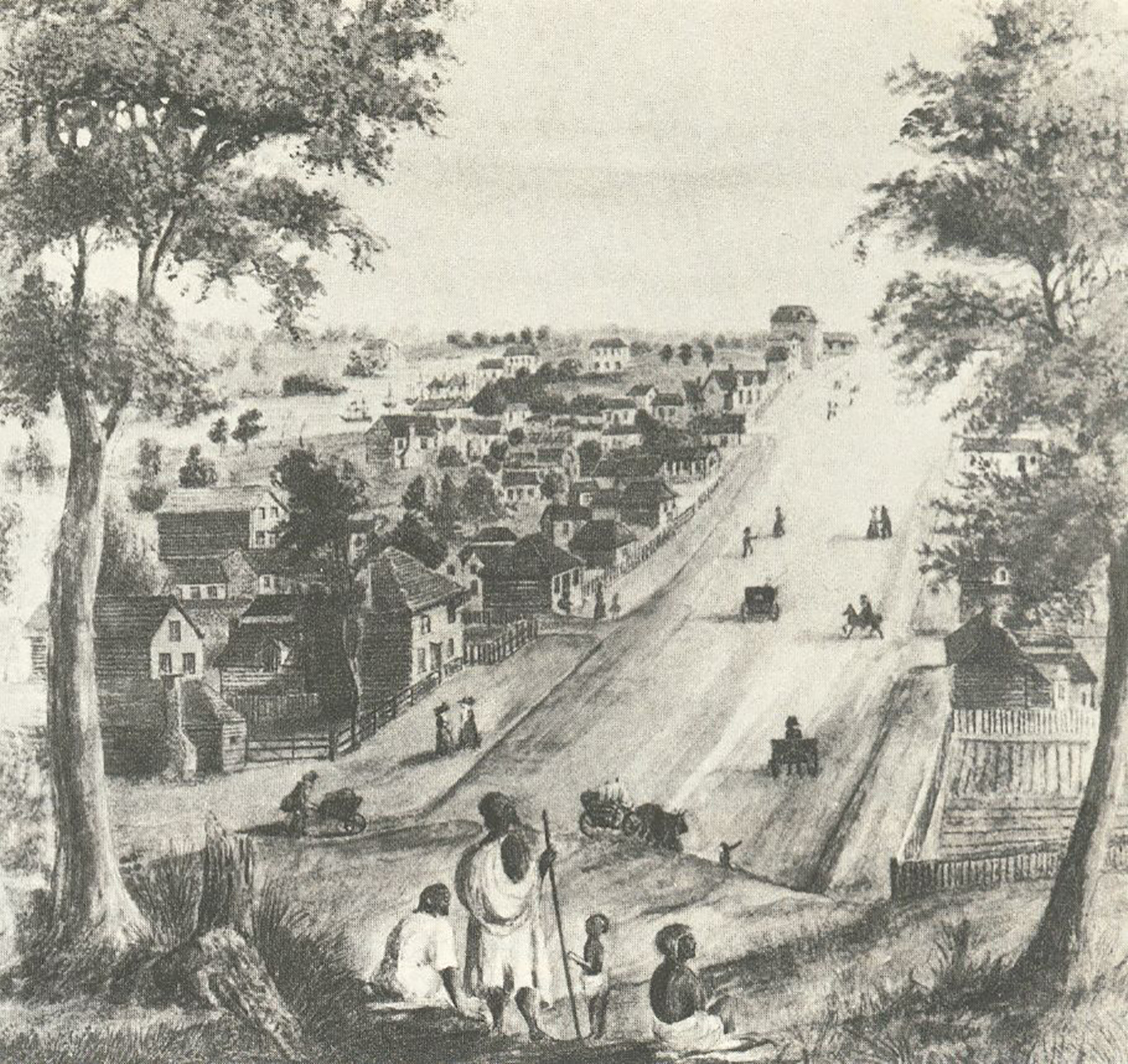
1837
Port Phillip District’s Surveyor, Robert Hoddle, plans the Melbourne city grid using Batman’s Hill as the point of survey. The well-planned city grid with wide thoroughfares, impressive boulevards and public parks is today an iconic feature of the city.
Pictured: Collins Street, Melbourne. W. Knight, 1839. Image courtesy of Creative Commons.
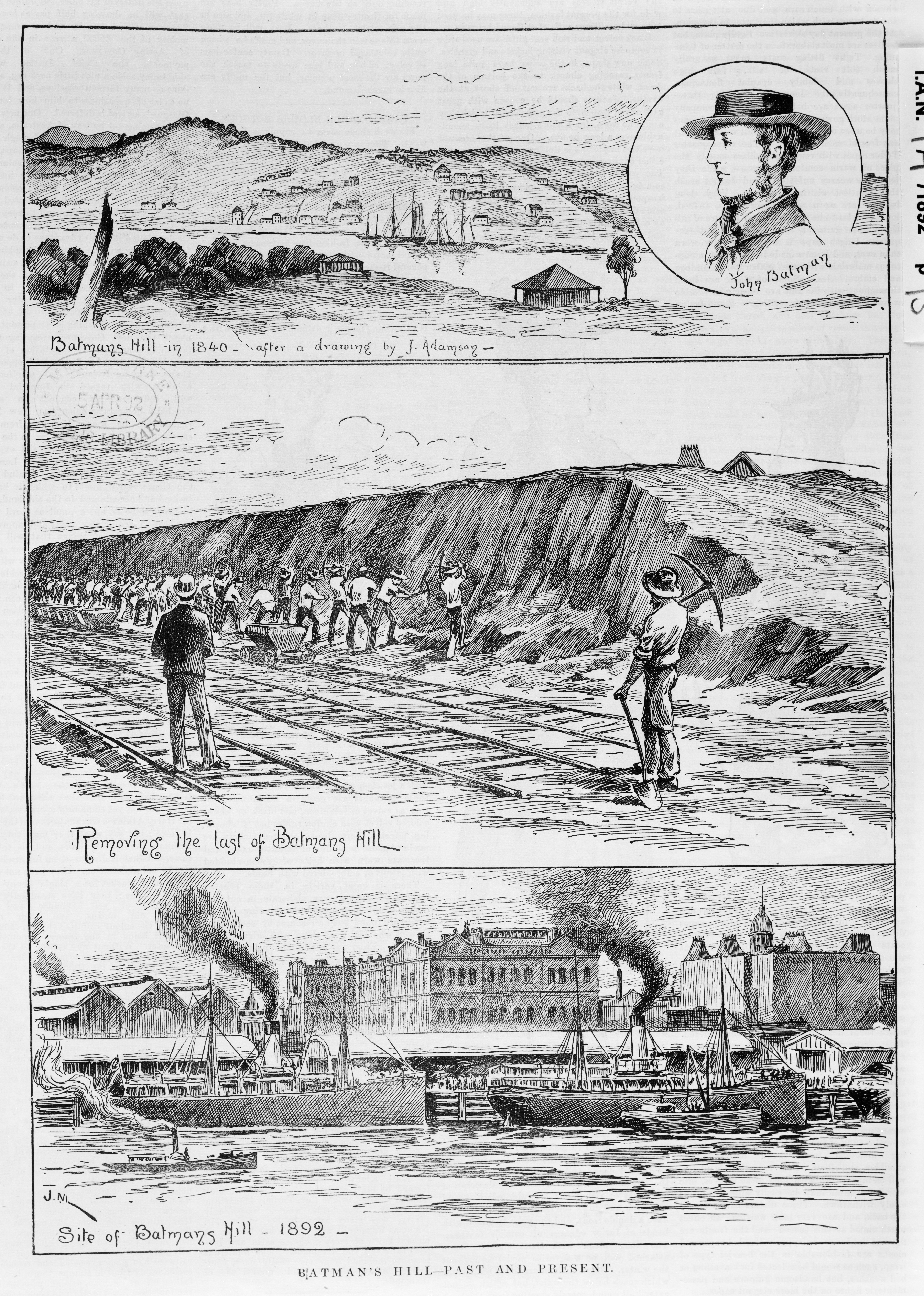
1850s
Batman’s Hill is considered as a site for Melbourne’s Botanical Gardens, however a growing population combined with the gold rush of the 1850s sees it evolve instead as an industrial and transport hub.
Pictured: Batman’s Hill – Past and Present. J. Macfarlane, 1892. Image courtesy of the State Library of Victoria.
GUNPOWDER WALK
Rich in heritage significance, Gunpowder Walk is aptly named to symbolise a city with an explosive narrative – in 1846, the colonial government decided to build a powder magazine on the north-west side of what was known as Batman’s Hill. Just outside of the growing township, the gunpowder was within reach when needed, but also a safe distance away from the most densely populated area of the colony.
Pictured: Gunpowder Walk – a new laneway nestled between One Melbourne Quarter and Two Melbourne Quarter featuring eateries and rotating art murals by local artists.
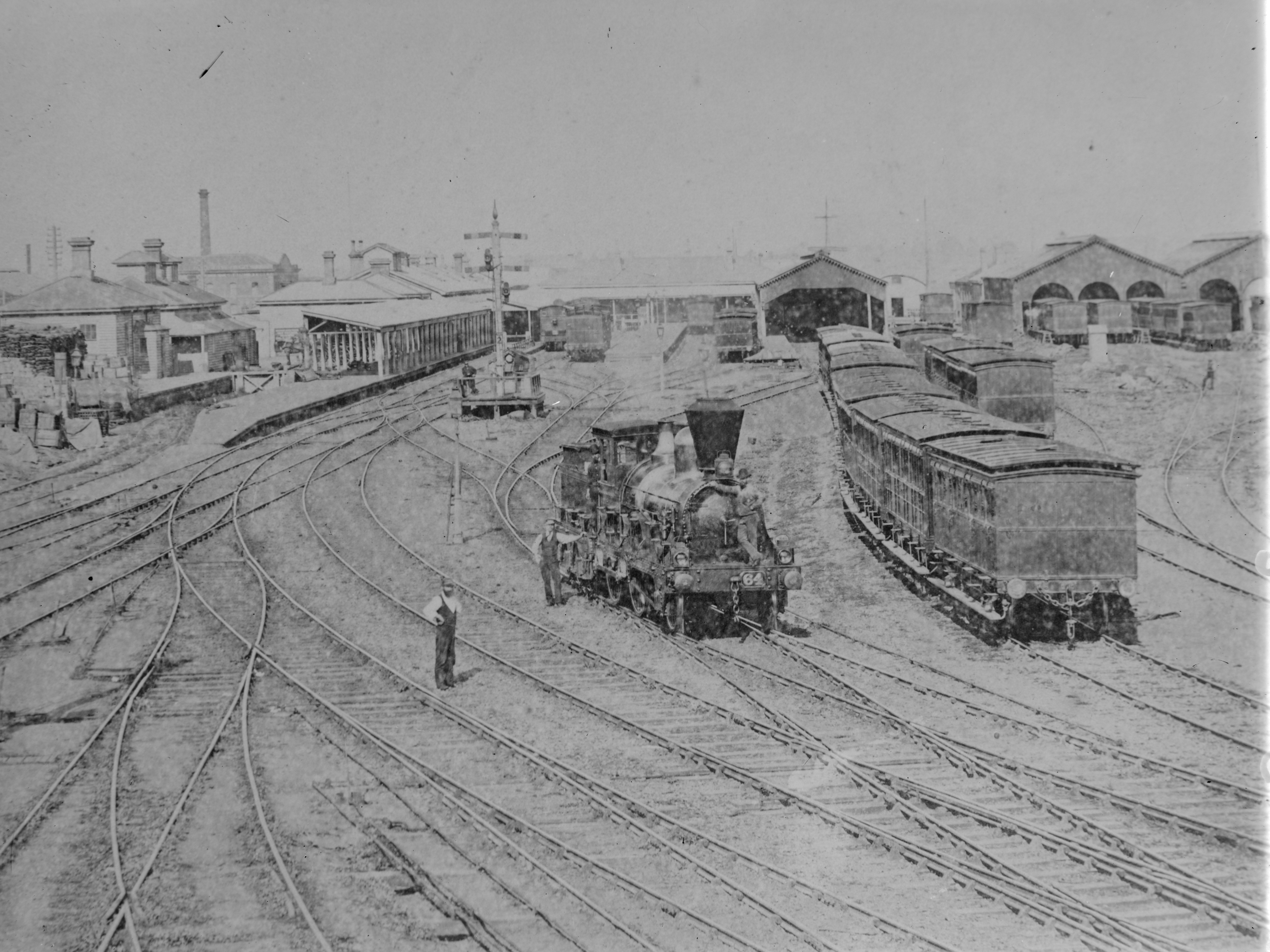
1856
Batman’s Hill and the surrounding area becomes the terminus of the Victorian Railways.
1859
Batman’s Hill Railway Station opens.
Pictured: Spencer Street Railway Station (formerly Batman’s Hill Railway Station) Lyle Fowler, ca. 1940. Image courtesy of the State Library of Victoria.
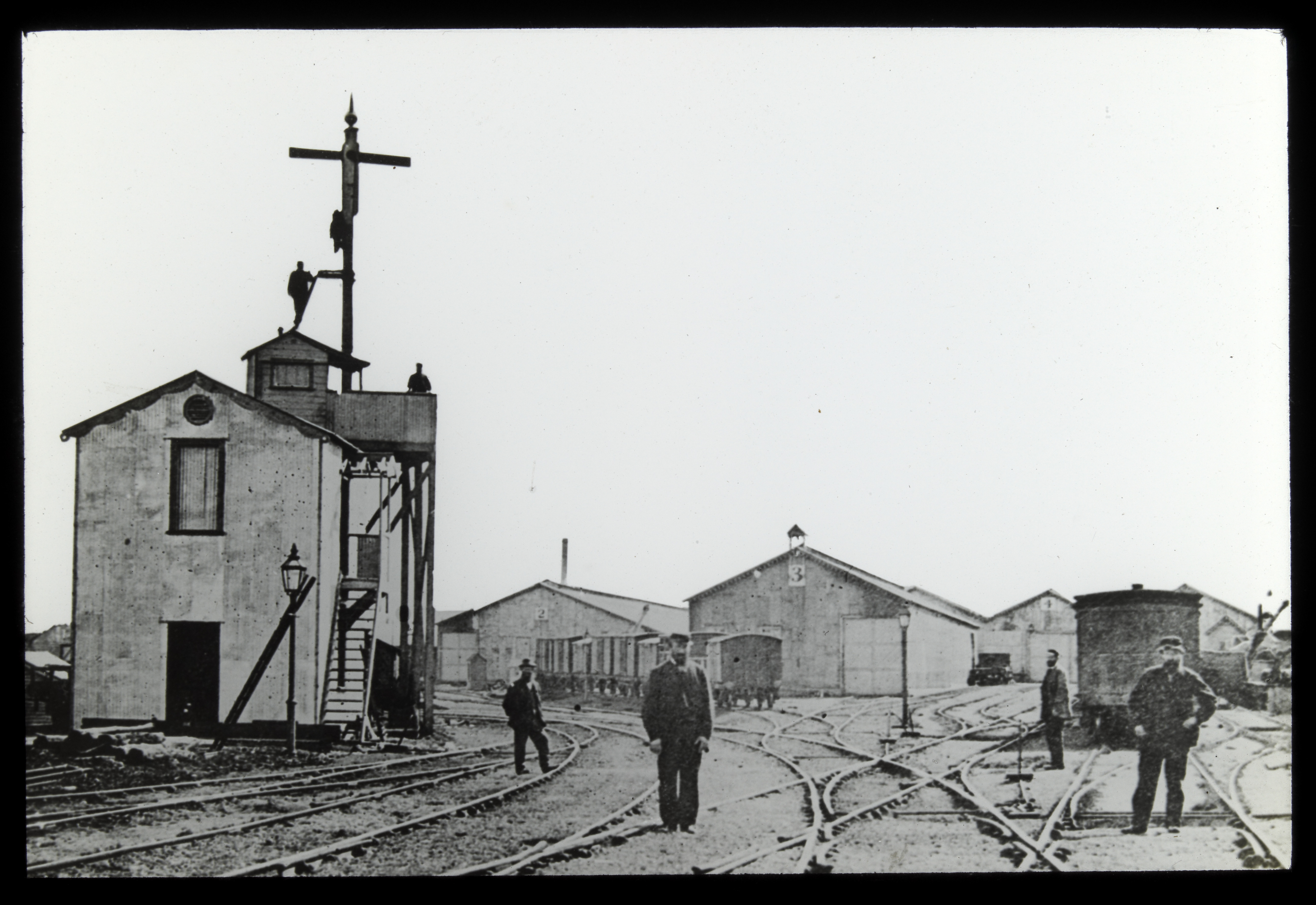
1860s
To accommodate the growing needs of the city’s population, the hill’s physical bulk is removed to make way for the expanding and renamed Spencer Street Railway Station.
Pictured: Spencer Street Railway Yards and Sheds. Victorian Railways, ca. 1870. Image Courtesy of the State Library of Victoria.
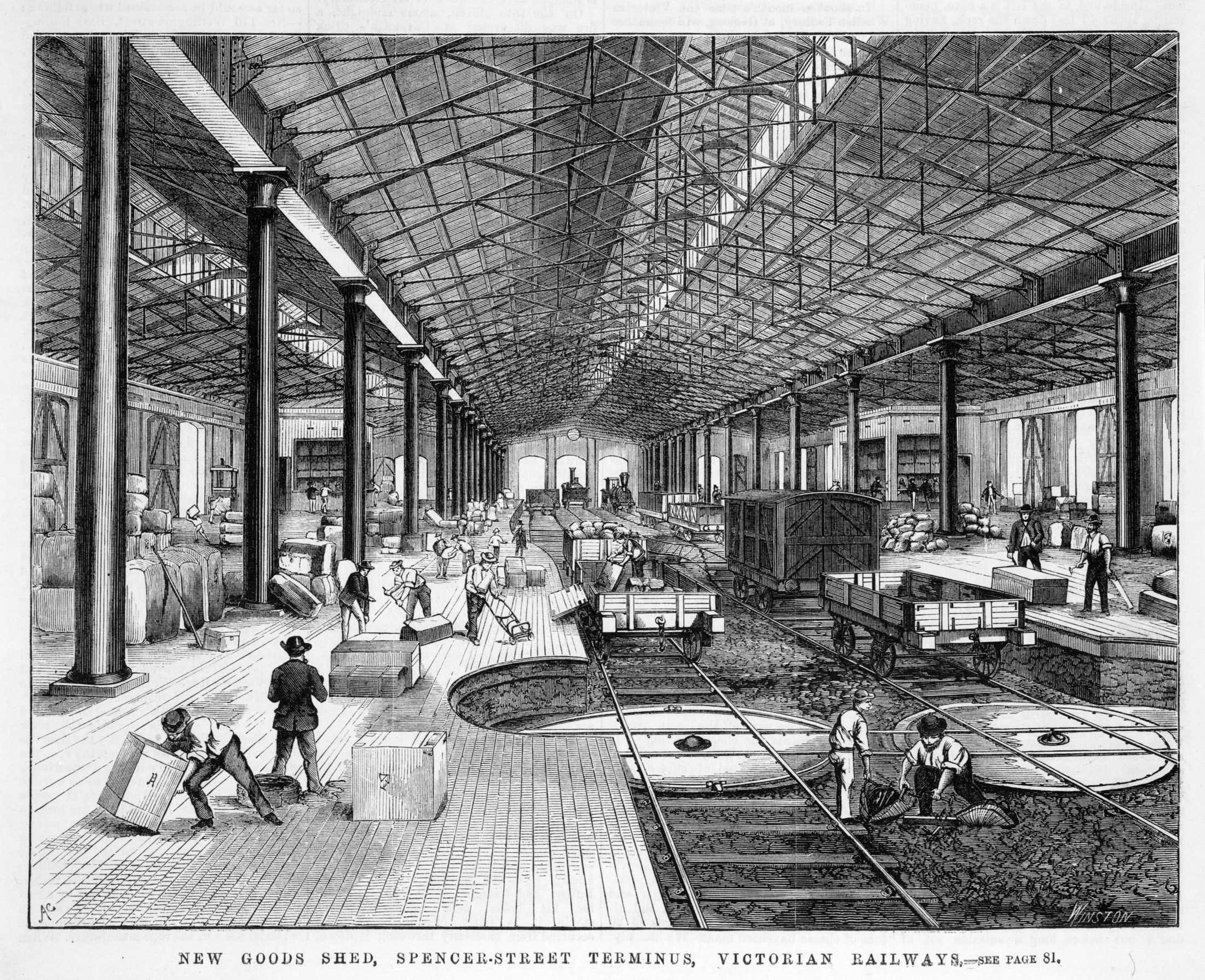
1890s
Several landmark construction projects reflect the ongoing expansion of the Victorian Railways system, including the Victorian Railways Administrative Offices, the Goods Shed and the Flinders Street extension.
Pictured: New goods shed, Spencer Street terminus, Victoria Railways. Winston (engraver) and A.C. Cooke, March 28, 1872. Image courtesy of the State Library of Victoria.
1980s-1990s
The Batman’s Hill surrounding region begins its transformation with the Kennett government setting the wheels in motion. The aim is to connect the western end of Collins Street to the CBD, with Wurundjeri Way and Victoria Stadium (now Marvel Stadium) under construction.
Pictured: New railway goods shed at Spencer Street. Charles Rudd, ca. 1892–1900. Image courtesy of the State Library of Victoria.
2000s
The Batman’s Hill surrounding region undergoes significant redevelopment, with Collins Street extended to connect the city’s west side to Melbourne’s expanding central business district. Numerous corporate businesses and organisations set up their headquarters throughout the Southern Cross precinct as the population grows..
Pictured: Elevated view looking towards the west, from Rialto Tower, Melbourne, Victoria. Laurie Thomas, 1983. Image courtesy of the State Library of Victoria..
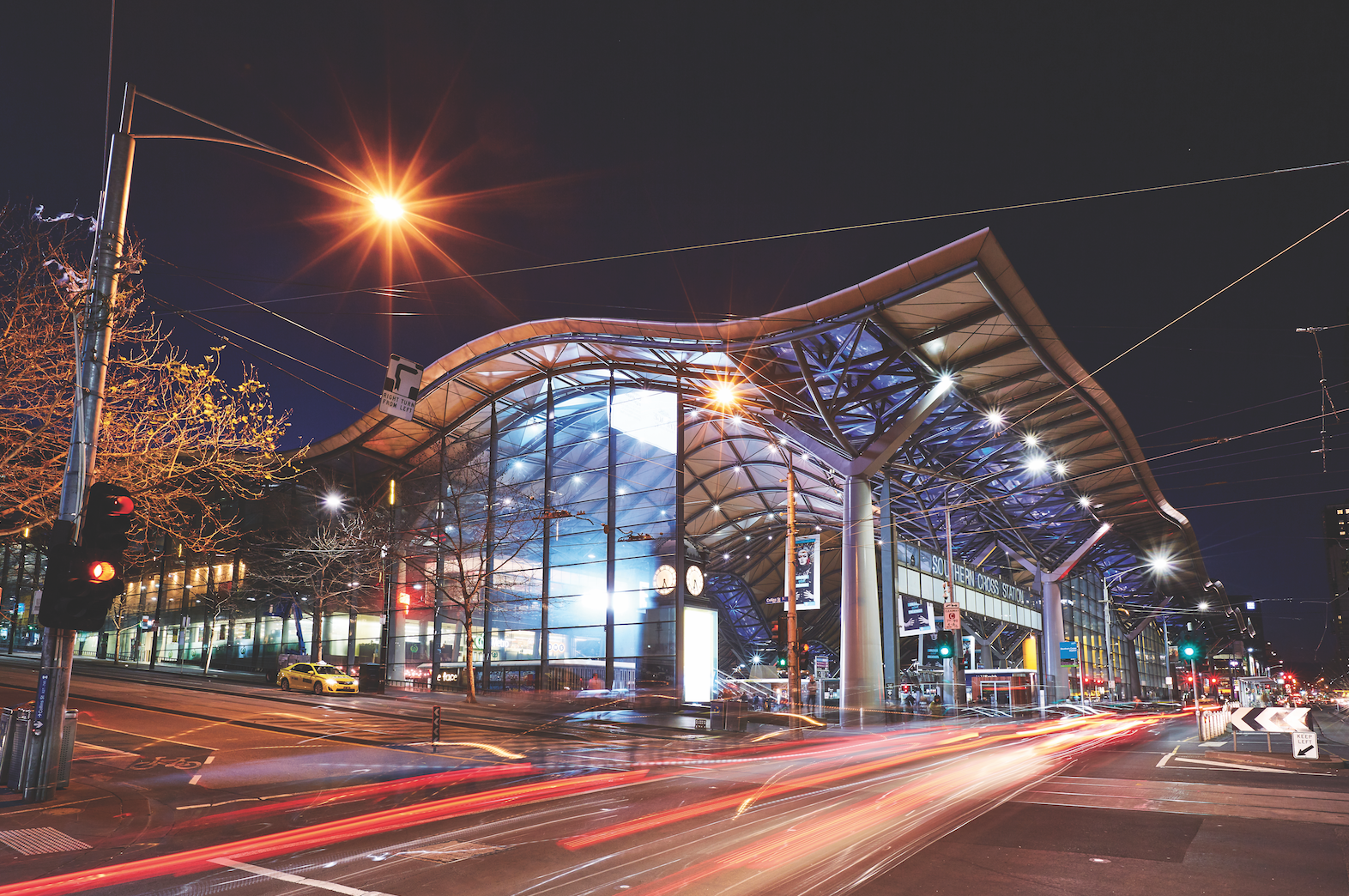
2005
Spencer Street Station is redeveloped and renamed Southern Cross Station. This continued to knit the growing Southern Cross precinct and the CBD more seamlessly together.
2010s
With more than half the Batman's Hill surrounding region built, committed or under construction, the area is quickly becoming a new part of the city fabric, while the Batman's Hill site remains the last major parcel of undeveloped land.
Pictured: Spencer Street Railway Station (formerly Batman’s Hill Railway Station) Lyle Fowler, ca. 1940. Image courtesy of the State Library of Victoria.
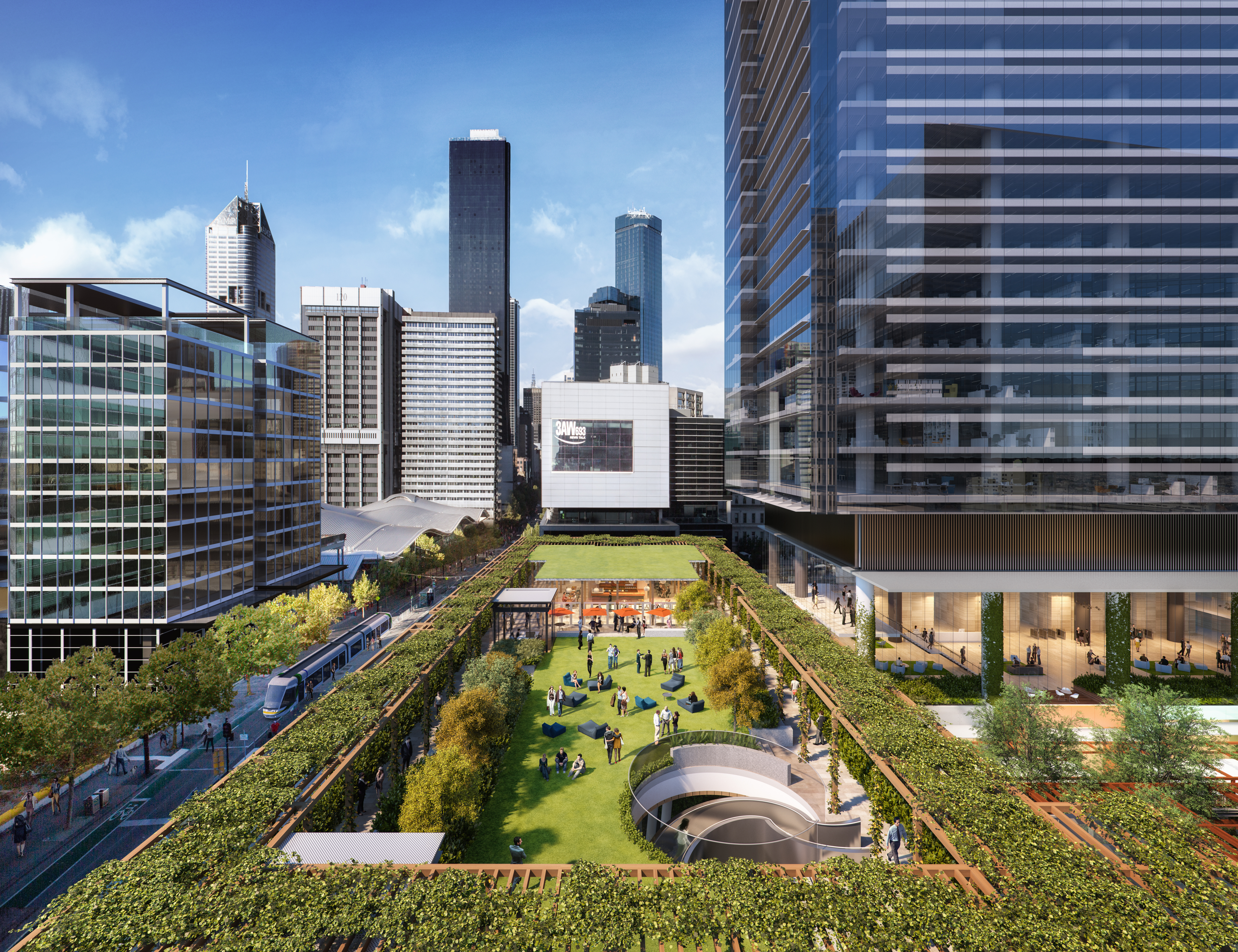
2013
Lendlease signs a development agreement with the State to redevelop the site. With a value of $2.9 billion, Melbourne Quarter is the city’s most exciting and sustainable urban regeneration development yet. Upon completion Melbourne Quarter will include 147,000sqm of office, 1516 apartments, 5000 sqm of retail, and large open public spaces.
Pictured: Artist impression of Sky Park upon completion.
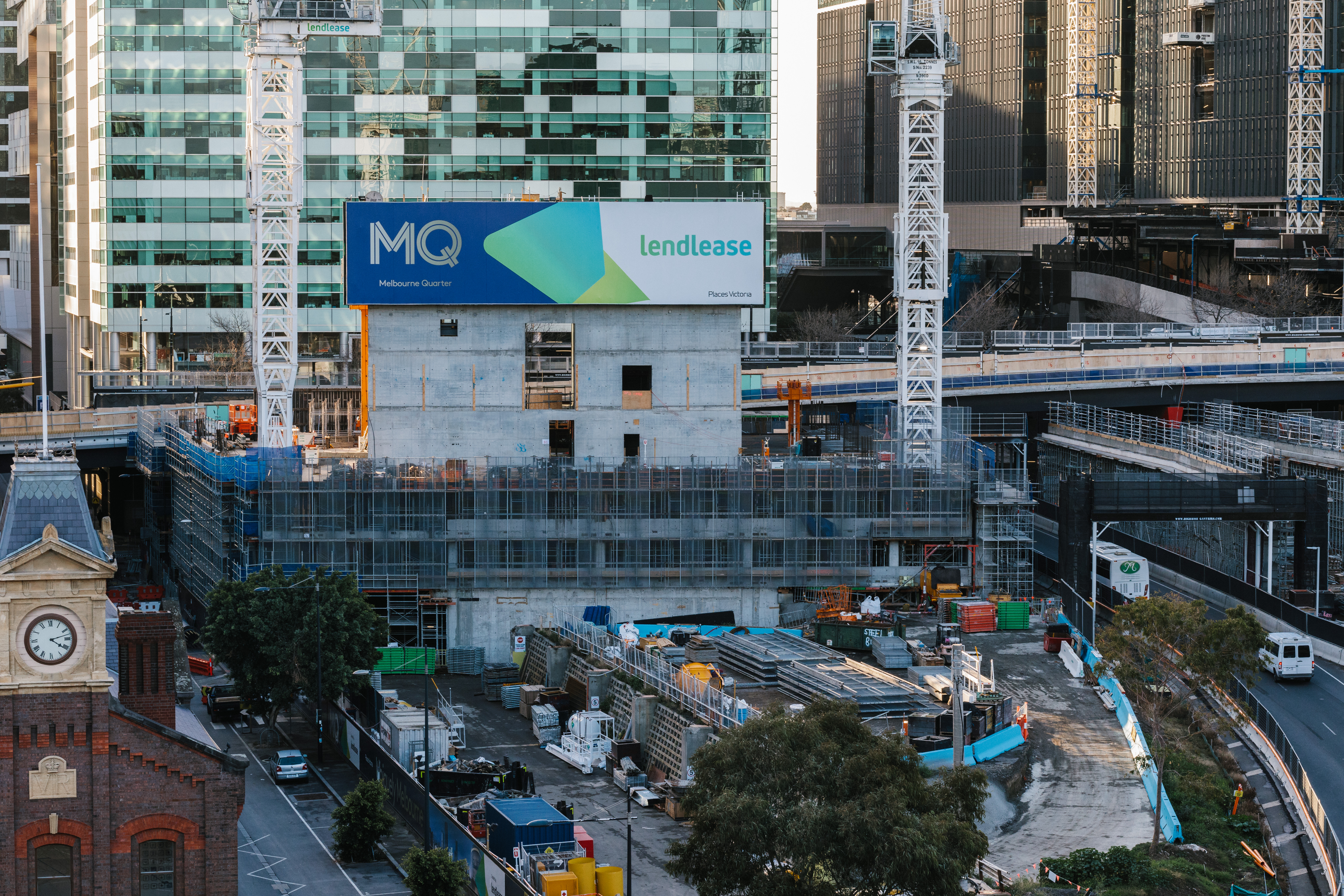
2016
Construction of Melbourne Quarter commences with the construction of One Melbourne Quarter.
2017
Construction commences on the first residential tower, East Tower.
Melbourne Quarter precinct achieves a 6 Star Green Star Communities rating from the Green Building Council of Australia.
Pictured: Melbourne Quarter site, July 2017
2020
Melbourne Quarter’s first residential tower, East Tower reaches practical completion. At 40 storeys high, housing 719 apartments, it is the largest apartment tower to be developed and built by Lendlease in Australia.
Two Melbourne Quarter reaches practical completion, with some of Australia’s leading businesses moving in.
Pictured: East Tower, November 2020
[1] Ibid; Presland, Aboriginal Melbourne, 1994, p. 85.
[2] Fitzgerald & Ducrou, Welcome to Wurundjeri country: the Wurundjeri History of Yarra, 2014, p. 8.

